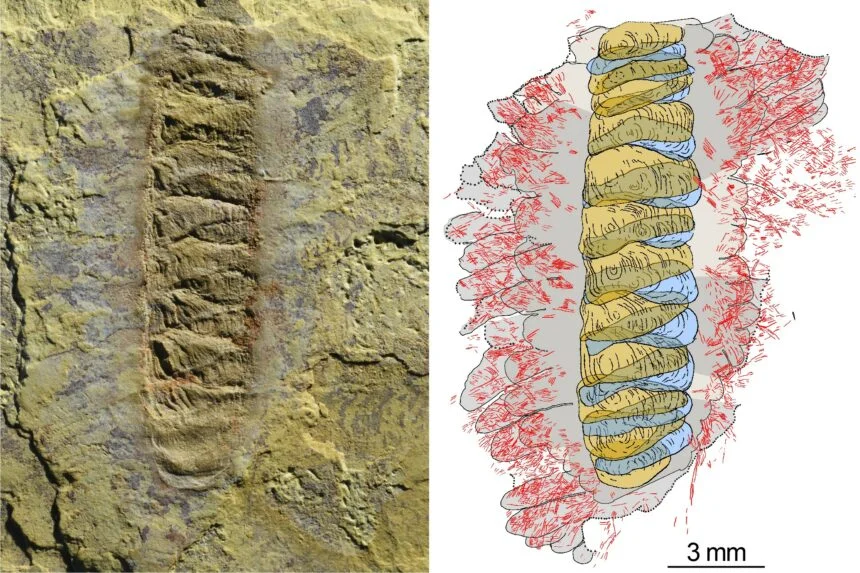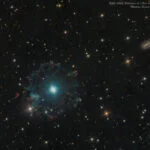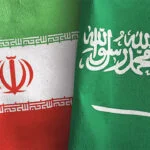Understanding the evolutionary origins of a varied group of marine invertebrates may depend on an ancient, armored worm Lophophorates.
A recently identified fossilized worm known as Wufengella, which was found in China, maybe the missing element between three phyla that make up the group of aquatic animals known as worm Lophophorates.
According to a genomic investigation, Wufengella is most likely the origin of brachiopods, bryozoans, and phoronid worms, report paleontologist Jakob Vinther and colleagues in Current Biology on September 27.
According to Vinther of the University of Bristol in England, we had been guessing that the common ancestor may have been some wormy animal with plates on its back. However, we never owned the animal.
Almost all major animal groupings were on the scene in a wave of evolutionary diversity known as the Cambrian explosion about 500 million years ago. Lophophorates underwent a tremendous expansion of species at this time, which distorted the history of the group’s evolution.
The worm Lophophores, which resemble tentacles and are the group’s feeding tubes, are one feature that unites its various phyla. Beyond that, however, the phyla differ greatly from one another. Animals with shells known as brachiopods first resemble clams. Bryozoans often called moss animals or minuscule stationary creatures, dwell in colonies that resemble coral reefs.
Additionally, phoronids, sometimes known as horseshoe worms, are stationary, tube-shaped organisms with soft, unsegmented bodies. More recently, some scientists have concluded that because of the fanged organ that protects their mouths, ”hyoliths”, an extinct species notable for its conical shells, are also Lophophorates.
Vinther and his associates discovered that Wufengella does not belong to any of these phyla. However, the creature resembles brachiopods, horseshoe worms, or bryozoans in that it has a worm-like body, a set of asymmetrically armored back plates, and bristles that protrude from lobes encircling its body.
After discovering one Wufengella, the researchers are hoping to discover others to learn if there are other types. Further fleshing out the relationships between the various animal groups on Earth, Vinther speculates that the team may be able to locate even more ancient relatives higher up on the tree of life that connect lophophorates with other animal groups like mollusks.












